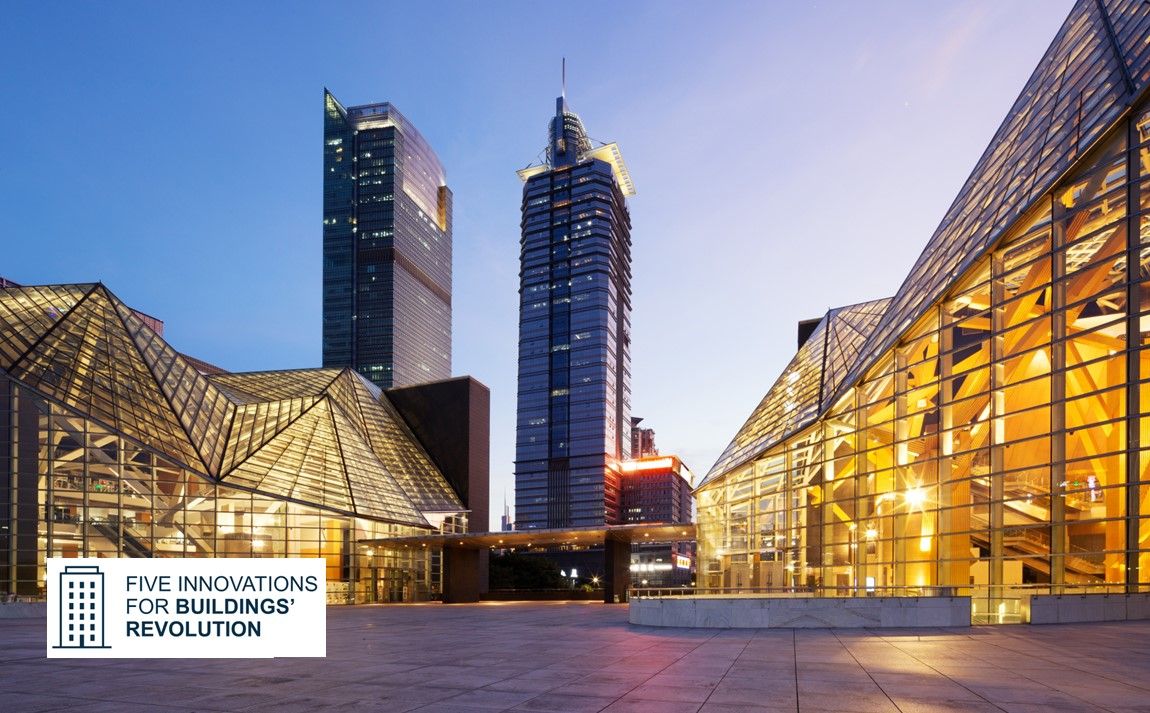- Markets
- Catalogue
- Services
- Tools & Resources
- Downloads
- Company
- Newsroom
-
Nexans Insights
- Nexans Insights
-
Blog Posts
- Overview
- Growing demand for copper and its future
- Electromobility: the road to building an increasingly sustainable transport system
- Guide to Prevent Fires and Accidents at Home (only in Spanish)
- Ten technologies to electrify the future: Electrical and Fire Safety
- Big data & AI
- IoT
- Unveiling innovations transforming the industry
- Transforming buildings industry with 3D printing and modular construction
- The path to effective fire safety in buildings
- Powering the digital change
- Unleashing the power of DC buildings
- Sustainable buildings for a brighter future
- Industry 1, 2, 3, 4... and 5.0
- Nexans copper odyssey
- Limitations of aluminium as an electrical conductor in residential installations
- Find Distributors
- Search
- Contact us
- Compare
- Sign in
Building revolution unleashed: Unveiling innovations transforming the industry


By 2050 the world's population is projected to reach nearly 10 billion. This rapid growth, with roughly 83 million people added yearly, necessitates an ever-growing quantity of quality housing.
Housing is one of the two hierarchies of fundamental needs in Maslow's pyramid: the physiological need for shelter and security, and safety. One of the great dilemmas in the years to come is how to provide the fundamental need for shelter (housing) while also reducing the carbon footprint and the negative impact on raw materials of traditional building methods.
It's now and in the years to come that we must fully address building quality, new and renovated housing demand, and the ease and speed of new construction while drastically reducing the industry's carbon footprint and impact on natural resources and biodiversity.
The construction industry is a fantastique playground for innovation
In the 15th century, the construction of cathedrals represented the world's pinnacle of knowledge, know-how, and innovation in using stone and glass to build towering structures firmly built on solid foundations.
Later, in the 19th century, innovation was in the form of standardization, as seen in the work of urban planner Baron Georges-Eugène Haussmann and his impact on housing and city planning.
Today, breathtaking metal and glass structures set world records in height and form, as seen in the construction of the Burj Khalifa in Dubai. At 2,722 feet and 163 floors, this monumental skyscraper is the tallest building in the world and the tallest structure ever built.
Today, home and building construction continues to be an unparalleled arena for technological innovation.
Five innovations revolutionizing the building and construction industry
At Nexans, we foresee innovations that will revolutionize the building and construction industry.
In our five-part series, we will examine these crucial innovations, as well as the translation of cable systems and electrification solutions into innovations:
- Three-dimensional (3D) printing of buildings, as well as prefabrication and modular construction, to reduce cost and construction time. Such a disruptive innovation also applies to cabling systems with modular wiring, allowing faster assembly while reducing costs and transforming the electrical landscape.
- Managing and optimizing energy consumption in buildings, from Building Information Modeling (BIM) to Digital Information Management (DIM). This includes the digitalization of electrical cabling systems (Infrabird®, Evermark®….) smartmetering, electricity 4.0.
- Solutions that increase building safety ( sensors, fireproof materials…), including advanced fire-resistant cabling solutions and technologies.
- Sustainable and environmentally-friendly construction techniques and materials, with the increase of recycled materials in cables, circular economy, copper and aluminum recycling.
- The global electrification of building including transition to low-voltage DC-powered buildings and the benefits for more quality, reliability and energy consumption savings in buildings.
Protecting the environment is a priority, and why innovation is at the core of the planet's habitability
The coexistence of sustainable and safe buildings and their construction is where innovation is happening at record speeds in the world. And rightly so. Today, buildings represent 39% of global greenhouse gas (GHG) emissions, and every 30 seconds, there is a building fire in Europe.
The buildings sector plays a crucial role in decarbonizing the global economy. In the 2021 IEA report, Net Zero by 2050: A Roadmap for the Global Energy Sector, energy efficiency improvements and electrification could drive a 70% reduction in buildings-related emissions through to 2050. This is despite the global building floor space estimated to double by 2060, as with the expanding access to energy services.
In the years to come, we will continue to see major shifts in construction methods, legislation, and laws concerning sustainability and safety and the use of revolutionary new smart technologies and materials. In essence, the buildings of tomorrow will reflect the changing patterns of our daily lives and the need to reduce their impact on the environment, ensure our safety, and use more innovative construction solutions.
Our websites
Select your country to find our products and solutions
-
Africa
- Africa
- Ghana
- Ivory Coast
- Morocco
- North West Africa
- Americas
- Asia
- Europe
- Oceania